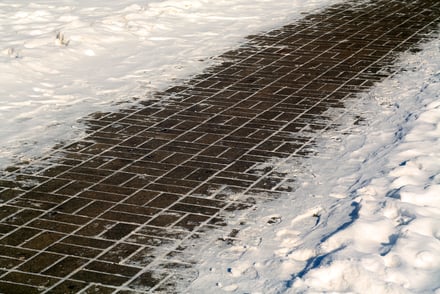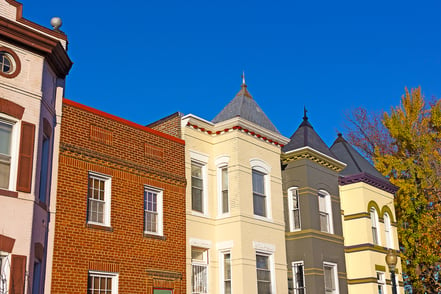“Windows are the eyes of a house.” As the most visible elements of old homes, windows define the character and curb appeal of the buildings. Moreover, they offer clues to the history and architectural integrity of the home. Unfortunately, historic windows are frequently cited as the source of energy loss and owners are encouraged to purchase replacement windows. Another alternative is available: retrofitting.
There are many strategies for retrofitting old windows to improve their performance and reduce energy loss. Preservation Green Lab recently reported on a study conducted of strategies:
Start With a Home Energy Audit
Windows should be part of a whole-house solution to reducing energy use. Start by having an energy audit of your house done by an experienced professional. They can help you evaluate energy-saving solutions, the proper order for implementing them, and their estimated costs. Then consider which retrofitting strategy will give you the most effective energy efficiency gains or energy savings.
Cost Effective Options
- Window retrofits such as cellular shades, storm windows, and insulating shades can achieve energy savings comparable to replacements at a much lower cost.
- Interior storm windows reduce potential exposure to lead-based paint.
- Exterior storm windows help extend the useful life of historic windows by offering protection from the elements.
In comparison, replacement windows may offer high energy performance improvement, but the upfront costs are substantial and are not rapidly recovered through savings in energy bills.
High-Performance Options
The highest performing retrofits include interior window panels, exterior storm windows, and a combination of insulating shades and exterior storm windows. The performance of these measures varies significantly depending on the climate in which they are installed.
Weather stripping was found to have the lowest energy cost savings and a low average ROI in comparison with other window improvements. However, the study determined that when homeowners install the weather-stripping themselves, it produces a higher return than any of the other window options considered.
Climate and Energy Efficiency
Take climate into consideration. For example, in places that rely more on heating, insulating cellular shades helped reduce heat loss (even more so if the window also had exterior storm windows). If you live in a place that relies more on cooling systems, consider whether exterior shading, such as overhangs, trees, or nearby buildings, is present. If these elements are already shading the windows—or if windows are not oriented toward the sun—the windows will receive minimal or no cooling benefit from a retrofit.
DIY in Planned Phases
Perform high-return, do-it-yourself installations first, where possible. Weather stripping (suitable for old, drafty windows) and interior surface film (good for homes with substantial cooling bills) generate immediate savings at a low cost and don't prevent you from adding other cost-saving retrofits later. Taking a phased approach to window upgrades—focusing on the highest returns first and using savings to pay for future improvements—can eventually lead to long-term savings of money, energy, and carbon emissions for older homes, even for households that are on a tight budget.
Keeping existing windows saves the energy and resources needed to create new windows and preserves the character and historical integrity of the home.
Source: National Trust for Historic Preservation
Renaissance Development, a leader in brick restoration and historic preservation, specializes in the restoration of a historic brick building’s mortar joints using traditional methods (tuckpointing) and materials. Contact us for a free site visit and project quote.
Tags:
RepairOct 4, 2016 5:41:18 PM



